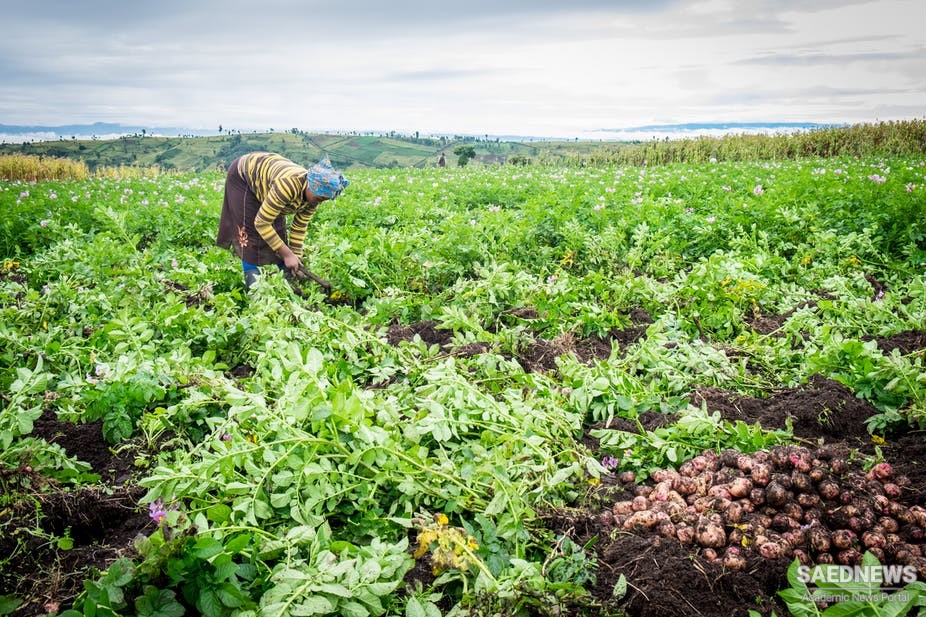The United Nations Conference on Food and Agriculture, convened by President Franklin D. Roosevelt at Hot Springs, Virginia, USA in May/June 1943, during the Second World War, led to the creation of the Food and Agriculture Organization of the United Nations (FAO). In his State of the Union address on 6 January 1941, before the United States entered the war, President Roosevelt had identified ‘four essential freedoms’: freedom of speech; of worship; from want; and from fear – ‘everywhere in the world’. FAO’s founding conference was organized ‘to consider the goal of freedom from want in relation to food and agriculture’. It was recognized that ‘freedom from want means a secure, an adequate, and a suitable supply of food for every man’ (FAO, 1943). The conference was strongly influenced by the ‘new science’ of nutrition and its importance for health and well-being, already recognized by the League of Nations before the Second World War. Its ultimate objective was defined as insuring ‘an abundant supply of the right kinds of food for all mankind’, hence the importance of dietary standards as a guide for agricultural and economic policies concerned with improving the diet and health of the world’s population. The work of the conference emphasized ‘the fundamental interdependence of the consumer and the producer’. All inhabitants of the earth were consumers. At the time, more than two-thirds of adults were also food producers. The bold declaration adopted at the conference stated: This Conference, meeting in the midst of the greatest war ever waged, in full confidence of victory, has considered the world problems of food and agriculture and declares its belief that the goal of freedom from want of food, suitable and adequate for the health and strength of all peoples can be achieved.


 Cuisine Culture and Intercultural Sense of Food
Cuisine Culture and Intercultural Sense of Food














































